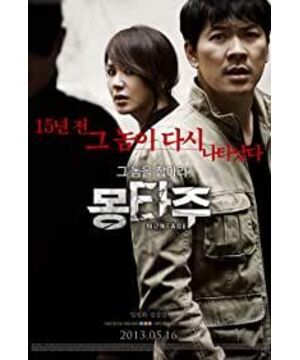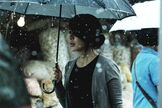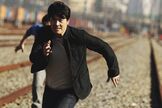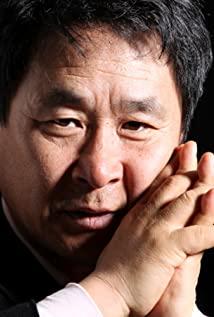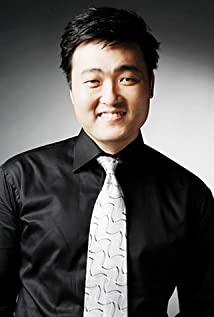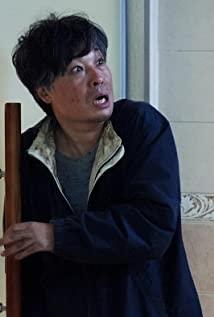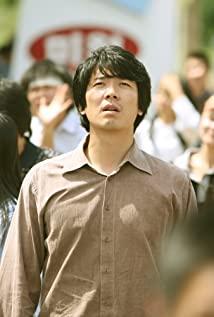Korean crime suspense is a great subject for getting high marks these days. Montage was originally an architectural term meaning "assembly". Later, it was cited as a cinematic term, which means the ideographic technique of connecting shot groups for narrative lyricism in film creation, which is what we often call editing. In the film "Montage," it even became a criminal technique. The heroine uses montage to confuse the audience. Let the case that happened 15 years later and the case that happened 15 years ago overlap and combine, and use the recordings from 15 years ago to let the kidnappers who have passed the prosecution period finally fall into their own sonic iron evidence, completing the song Late 15 years of trial. This is the best example of applying montage to life. In the two kidnapping cases 15 years apart, the perpetrator became the victim, and the victim became the perpetrator. Neither the police nor the judicial system have given justice and justice to the mother who lost her daughter. Is it really only possible to punish bad people by using violence to overcome violence and evil to overcome evil? This satirizes the loopholes in South Korea's judicial system. Many people in the police only care about their own interests and have no empathy for the victims. As a result, the case has dragged on for 15 years without progress. "Montage" has an attractive plot, and it is also full of various human tortures. The real murderer 15 years ago talked about the victims who died because of him, but there was not a single tear in his eyes, no pain, and even some anger. He believed that the little girl was not at his mercy like an obedient rag doll, and as a result, the little girl rolled down the cliff to her death. But when he recalled the pain of his daughter's illness, her granddaughter's whereabouts were unknown when she was kidnapped. Tears welled up in his eyes quickly, and the pain and struggle that others had caused because of him did not exist in his eyes. All he remembered was his own fears over the past 15 years. Lu Xun once said: "The joys and sorrows of human beings are not the same, I just think they are noisy". Similar to this theme recently, the ancestor version is actually "Drishyam" shot in 2013 in the small Indian language "Malayalam mother tongue", and then in 2015, the Indian remake of "Manslaughter to hide the sky", 2019 and before Two Chinese versions of "Manslaughter" with very different endings.
View more about Montage reviews


